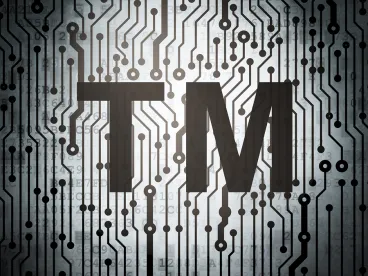“Please list your trademarks.”
For many companies this simple request is surprisingly difficult to answer. Sure, maybe they have a few registration certificates in a drawer, or a docket sheet from their outside counsel, but what exactly does it mean to “have” a trademark? And how many of them do you have? And why do so many companies only notice they have a trademark after a competitor starts to infringe it?
Last month, in her fantastic post on trademark audits, our colleague Emily Bayton discussed the critical first step any company must take in order to answer those questions: understanding the scope of the official parts of your portfolio. What registrations are in your name? What jurisdictions do they cover? What rights do you license? How is your portfolio managed, and should your approach be changed? Without a real inventory – married to a regular analysis of needs and future plans – trademark portfolios can remain stuck in the past, designed to fight old competitive battles and failing to capitalize on new opportunities.
The next step is every bit as important, however, if somewhat less obvious: identifying and developing the trademark rights that don’t appear on your official lists, and that you may not even realize exist.
A trademark can be anything that your customers use to identify the source of your products and services – ultimately they are what distinguish you from your competitors. But a trademark is not what you declare it to be, or words drafted by lawyers on a trademark registration certificate. Instead, a trademark is a basket of associations experienced by the consumer, and trademarks often arise in unexpected ways and in unexpected places. A company may not intend to develop brand significance in the color scheme they use on their packaging, or a musical phrase they use in their ads, or the unique typeface they use in their logo, or a filigree incorporated into their product configuration, or a nickname developed by consumers themselves but those features may be just as important as source identification to the market as the actual name of the product or service.
And just because these “unofficial” elements of your brand are significant or potentially valuable does not mean that you can simply sit back and appreciate the windfall. You need to engage in a process to identify and develop these rights, and figure out how to incorporate them into those official lists over time – or they can disappear. That is because a trademark is more than just a word or an image on a page or a shelf; rather, it is something on a page or a shelf or a screen plus a whole bunch of other things:
To be protectable, a trademark must be not only used in commerce, but used in a trademark way. It must appear where consumers expect a trademark to appear, and it must be sufficiently set off from the surrounding text and images to attract notice. If it isn’t, it will fail to function as a trademark to consumers, and thus shouldn’t merit protection under federal trademark law.
Roberts, “Trademark Failure to Function,” 104 Iowa L. Rev., 1977, 1981 (2019). In other words, even on the “official” side of the ledger, clearing and adopting a brand through an intentional process is not enough to build enduring trademark rights without a plan to build and maintain those rights, and in due course to enforce them, if necessary. The mark needs to be used in specific ways, displayed in certain ways, advertised in certain ways, and ultimately perceived by consumers in certain ways – otherwise it will not function as a trademark. Trademark rights that develop in more organic ways, especially unconventional marks like trade dress, are often simply not part of a style guide or a brand strategy – meaning that they can dissipate just as easily as they were developed.
Thankfully, the solution is simple: adopting a course of systematic brand identification to pair with your audit processes and portfolio management. First, think through the elements of your current brand and product offerings – do you use packaging or product shape to communicate the source of your product? Are there unique colors or design elements tied to your product or service offerings? Do you have a style guide? Do you use certain repeating musical figures in your advertising? Do you use slogans? Do you have design patents? In other words, are there any things you do – of any kind – to communicate to customers that your goods and services come from you, and no one else? Once you have that list, you can decide whether any of these things can or should be viewed as potential trademarks, and if so, how they can best be developed and protected and advertised. Second, it involves putting in place a process to ensure that trademark tools are used to maximize ownable distinction in new products, services, or marketing initiatives. Don’t simply react to the market, consider how you can use these unexpected elements to develop brand significance outside the framework of traditional trademark clearance.
Develop these habits of brand intentionality and soon you will no longer wonder if your company has an “unofficial” schedule of trademark rights languishing under the radar, ready to be targeted by competitors. And the next time someone asks you to list your trademarks, you can feel confident that your list includes them all.




 />i
/>i
